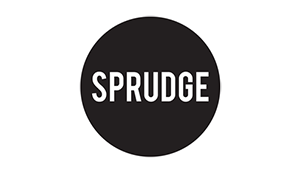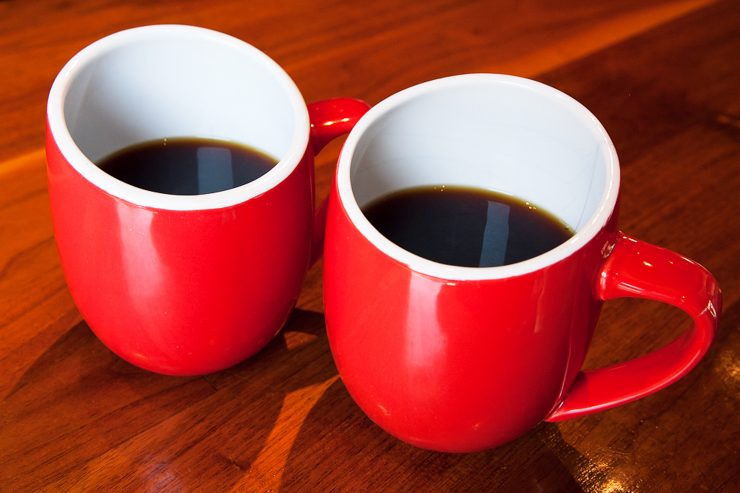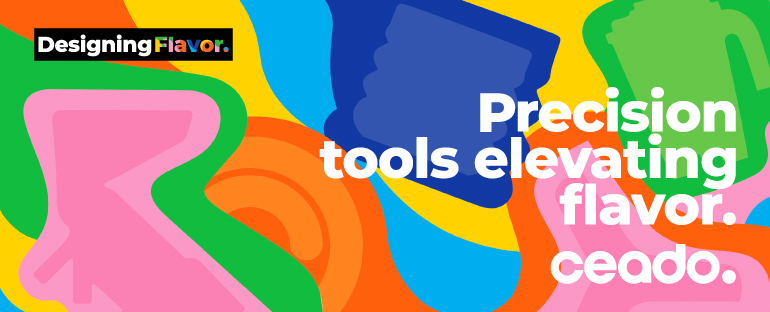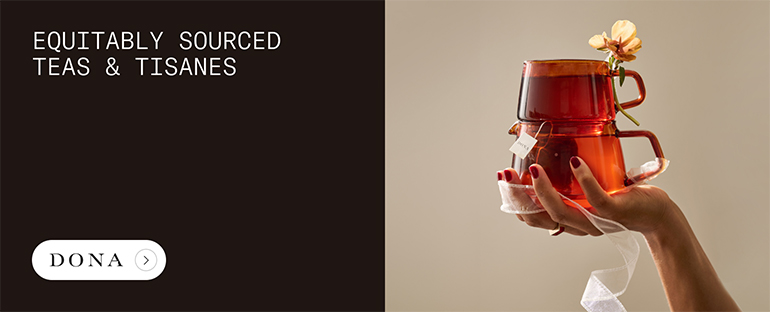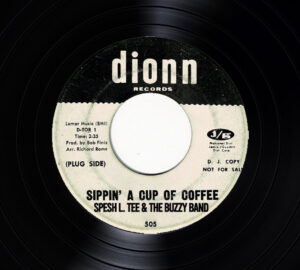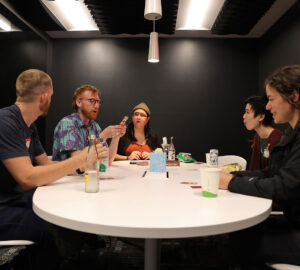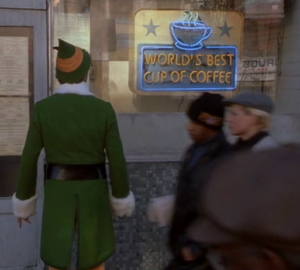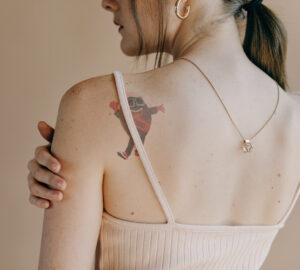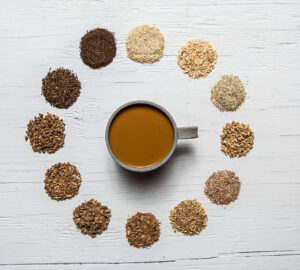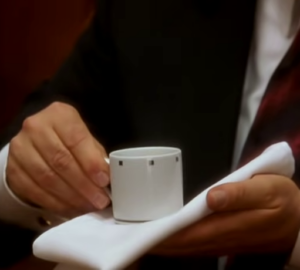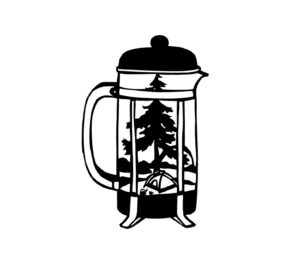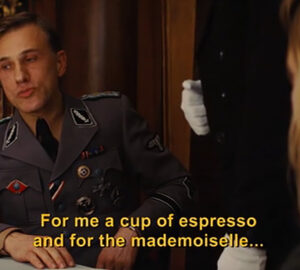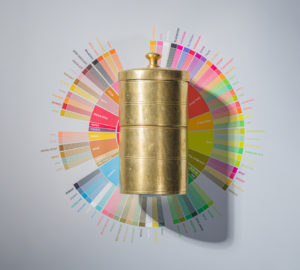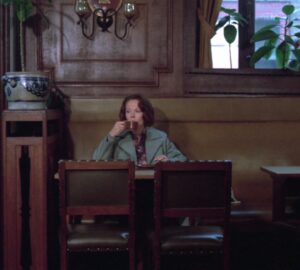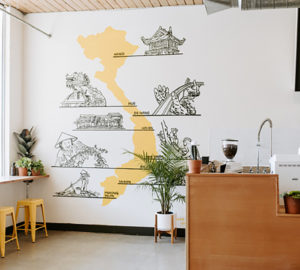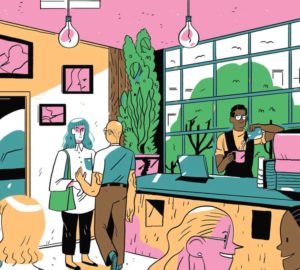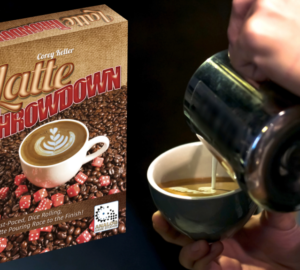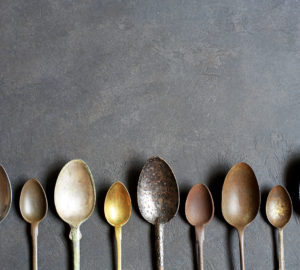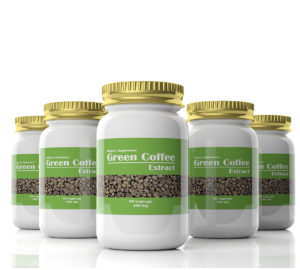An incredible amount of thought goes into designing the ideal coffee cup. Weight for heat retention, mouth width to increase aroma, inner bowl shape for getting that perfect pour, ergonomics for comfort–all are taken into account in order to enhance the overall coffee drinking experience. But recently, a group of psychologists have produced evidence that even the color of the mug is important. Published in the November 25th edition of Flavour, an interdisciplinary online journal concentrating on the science of flavor, Dr.’s George H Van Doorn, Dianne Wuillemin, and Charles Spence put forth an argument that the mug color can affect a coffee’s perceived flavor.
This effect is called crossmodal perception, which is science-speak for sensory data–sight, sound, smell, etc.–from one sense (or mode) altering the perception of sensory data from another. In his excellent lecture at the 2014 SCAA Symposium, Dr. Spence gives examples of crossmodal perception at work and just how easily our brains are tricked. The whole talk is really fascinating and you should watch it all, but skip to the 3:14 mark to experience firsthand how visual information can affect the brain’s interpretation of sound.
To test their theory, Dr. Van Doorn et al. conducted two fairly straightforward experiments. In the first, subjects were served lattes in either blue, white, or transparent mugs and asked to rate the intensity of the coffee flavor. Van Doorn et al. note that intensity, at least for non-barista/coffee geek types, may roughly equate to bitterness, which has an inverse relation to sweetness; a higher intensity rating means the subject perceives the coffee as more bitter/less sweet. The results showed lattes served in the white mugs were subjectively rated as having significantly more intensity than lattes served in the transparent mug.
The second experiment was a more robust version of the first, doubling the number of participants from 18 to 36. Identical transparent glass mugs with colored sleeves (blue, white, or no sleeve) were implemented to keep extraneous variables like mug shape or density from tempering the results. When asked to rate the sweetness, subjects deemed the lattes in served white mugs to be less sweet than the lattes served in the blue or transparent mugs.
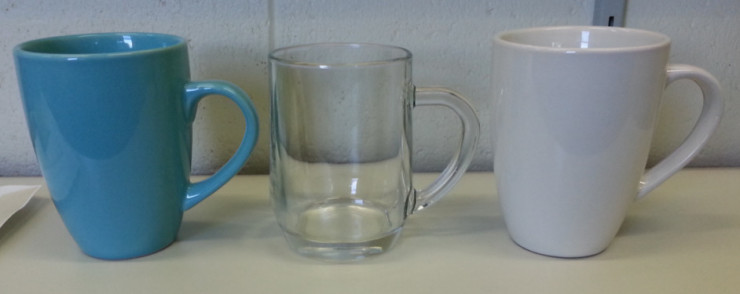
Van Doorn et al. state that this phenomenon may be explainable via color contrast, and in particular, how the mug color accentuates the brownness of the coffee. They postulate that brownness is associated with bitterness, a claim corroborated both by anecdotal evidence from Van Doorn’s conversations with a barista whose customers have told him that coffee from white mugs tastes more bitter than coffee from transparent mugs. This is backed up by another crossmodal study where coffee served in a brown container was judged as being “too strong” (and incidentally, the same coffee served in a blue container was believed to have a “milder aroma”). So it stands to reason that intensifying the perceived brownness may also intensify the perceived bitterness.
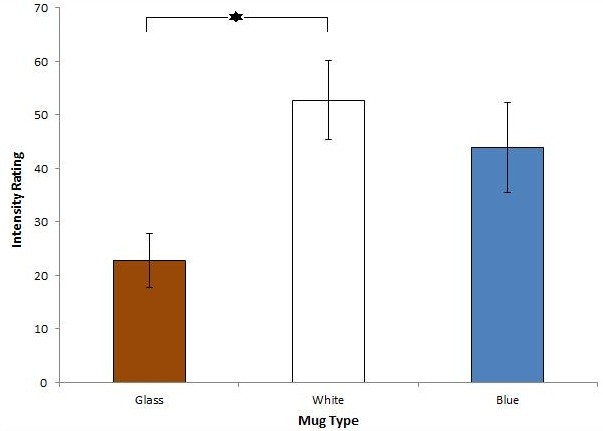
Though not yet fully explainable, the experiments’ results are pretty compelling evidence that flavor is more than just what we taste and smell in the mug. It appears to be clear that cup color can affect how we perceive flavor, and this is sure to be the first in a long list of studies revolving around crossmodal perception and coffee. So to help get the ball rolling, I conducted my own experiment to see if these PhD’s findings would hold up to the rigors of Armchair Science.
Enlisting the help of local shop owners, roasters, and baristas to act as my guinea pigs and modifying the test parameters ever so slightly–serving brewed coffee instead of lattes to ensure consistency and only using white and blue cups, the two colors having the most disparate results in Van Doorn et al.’s second experiment–I was able to approximate the researchers’ findings. Coffee served in blue mugs was rated as being 5% sweeter than the same coffee served in white mugs.
While it was interesting to return similar results to those of Dr. Van Doorn et al. using different parameters and a more discriminating group of test monkeys, the 5% increase is most likely just static resulting from this rube-ish journalist conducting an inexact experiment. Either way, the work being done by the actual, bona fide scientists is extremely interesting and is definitely worth reading in full. Or maybe I’m just trying to keep you busy long enough for me to buy stock in blue cups before it skyrockets.
Zac Cadwalader is the creator of the Dallas Coffee Collective, and a Sprudge.com staff writer based in Dallas. Read more Zac Cadwalader on Sprudge.
